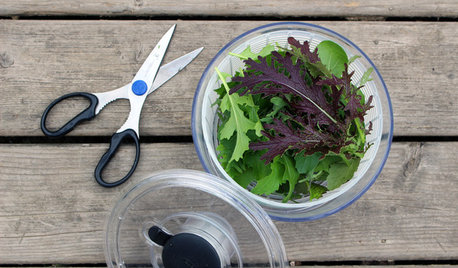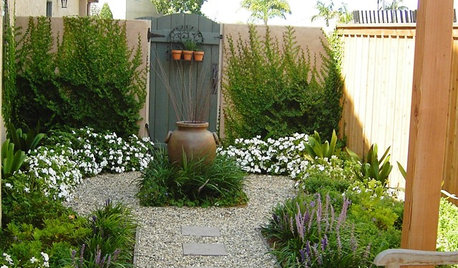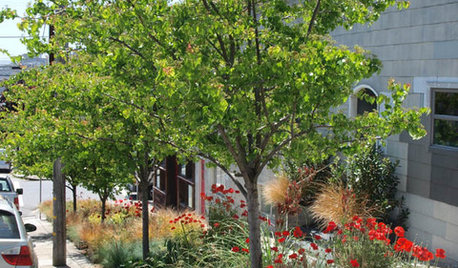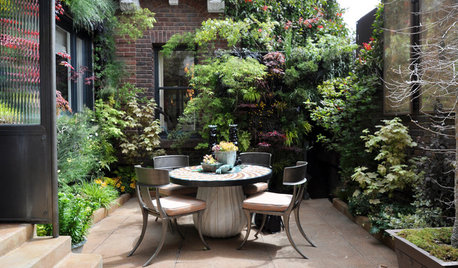Just transplanted 8 big azaleas: Root stimulator or not?
theconstantgardeners
13 years ago
Featured Answer
Sort by:Oldest
Comments (6)
theconstantgardeners
13 years agoRelated Professionals
Maple Valley Landscape Architects & Landscape Designers · Windham Landscape Architects & Landscape Designers · Danbury Landscape Architects & Landscape Designers · Kyle Landscape Architects & Landscape Designers · Saint Matthews Landscape Architects & Landscape Designers · Sand Springs Landscape Architects & Landscape Designers · Wakefield Landscape Contractors · Boca Raton Landscape Contractors · Cupertino Landscape Contractors · North Plainfield Landscape Contractors · Rockland Landscape Contractors · Thornton Landscape Contractors · Tustin Landscape Contractors · White Bear Lake Landscape Contractors · Goldenrod Landscape Contractorsrhodyman
13 years agotheconstantgardeners
13 years agorhodyman
13 years agotheconstantgardeners
13 years ago
Related Stories

ARCHITECTURERoots of Style: Ranch Architecture Roams Across the U.S.
Great remodeling potential and generously spaced sites make ranch homes ever popular. Is one of the many variations right for you?
Full Story
FARM YOUR YARDThe 8 Tools That Help Bring the Farm to Your Table
Vegetable gardeners get a big assist from these essential helpers
Full Story
GREEN BUILDINGWater Sense for Big Savings
Keep dollars in your pocket and preserve a precious resource with these easy DIY strategies
Full Story
GARDENING GUIDESHow to Turn a Side Yard Into a Glorious Garden Room
With just 8 feet or so, you can turn a plain side yard into a garden that lets you get carried away
Full Story
GARDENING GUIDES8 Plants That Snobs Love to Hate — and You'll Love to Grow
Don't dismiss these common annuals, perennials and shrubs — there are reasons they've been popular for so long
Full Story
PLANTING IDEASStretch the Budget, Seasons and Style: Add Conifers to Your Containers
Small, low-maintenance conifers are a boon for mixed containers — and you can transplant them to your garden when they’ve outgrown the pot
Full Story
HOUSEPLANTS8 Essentials for Healthy Indoor Plants
Houseplants add so much to our homes — and can thrive when grown in the right conditions. Keep these tips in mind
Full Story
CURB APPEAL7 Ways to Create a Neighborly Front Yard
Foster community spirit by setting up your front porch, paths and yard for social interaction
Full Story
CURB APPEALTake Your Hell Strip to Heavenly Heights: 8 Design Ideas
Trade weedy dirt and trash for a parking strip filled with wispy grasses, low-growing flowers and textural trees
Full Story
LANDSCAPE DESIGN8 Ways to Grow More Plants in Small Spaces
Use plants to bring your pocket garden to life
Full StorySponsored






luis_pr